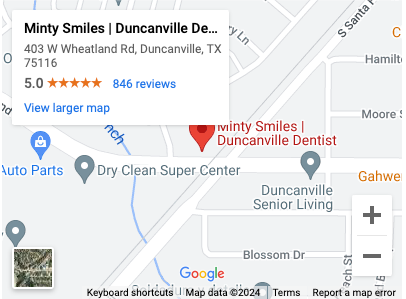Dental Tooth Bonding
The term bonding is used in dentistry to describe permanently attaching dental materials to your teeth using dental adhesives and a high-intensity curing light. Whether you realize it or not, you’ve probably received a dental treatment involving an either form of dental bonding: direct composite or adhesive bonding of restoration (crown, bridge, porcelain veneer, inlay/onlay) that was created in a laboratory or in-office.
WHAT ARE THE ADVANTAGES AND DISADVANTAGES OF DENTAL BONDING?
Advantages:
- Dental bonding is among the easiest and least expensive of cosmetic dental procedures.
- Bonding can usually be done in one office visit unless several teeth are involved.
- Dental bonding involves the removal of less tooth enamel than veneers or crowns.
- Anesthesia is usually not required.
Disadvantages:
- While composite resin is somewhat stain-resistant, it’s not as stain-resistant as a crown or veneer.
- The composite resin may eventually chip or break off the tooth after three to ten years


